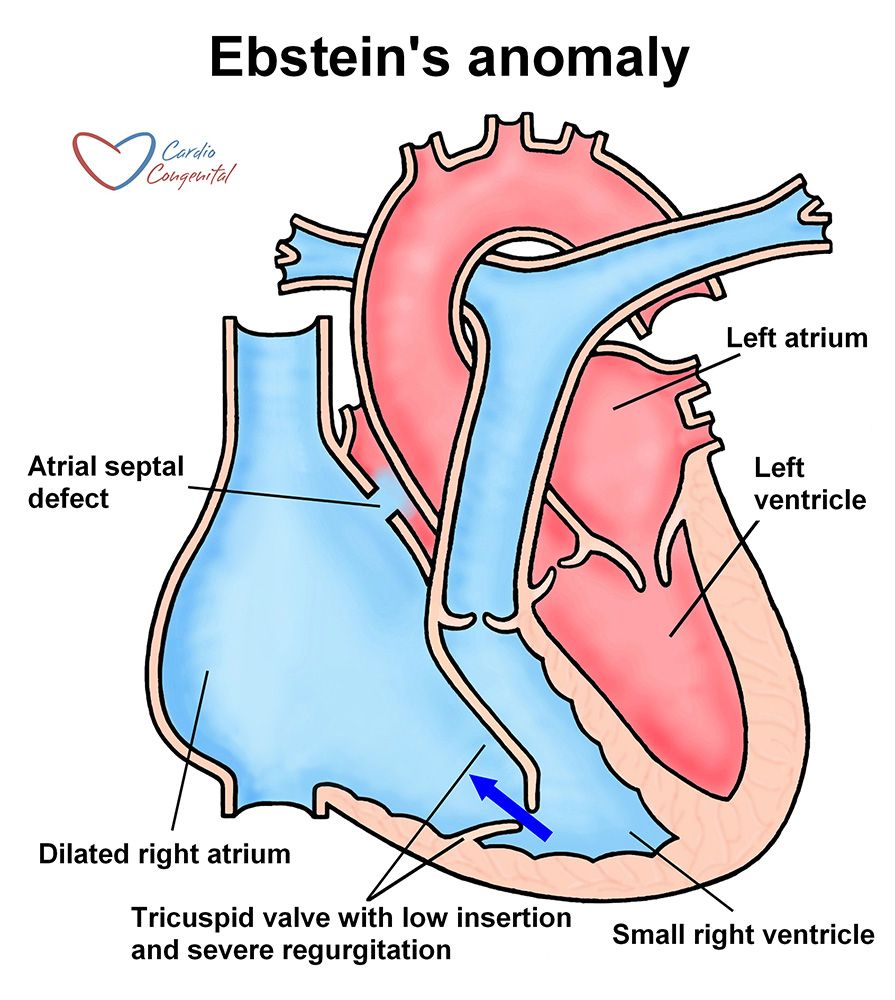

This may include repair of the hole between the heart’s upper chambers or arrhythmia treatment. Your provider may combine tricuspid valve surgery with other heart procedures. If you receive a mechanical valve, you will need to take blood-thinning medication for the rest of your life. If repair isn’t an option, it’s possible to insert a replacement mechanical valve or one made of biological tissue. This is the preferred treatment because it uses your own tissue. If there is enough tissue present, surgeons can repair the valve. Follow your provider’s recommendations.įor more severe symptoms, tricuspid valve surgery may be the best option to provide lasting improvement in valve function.

An electrocardiogram can detect an abnormal heart rhythm. Electrocardiogram (EKG): This test measures the electrical impulses of your heart.An echocardiogram helps your provider check the structure and function of your heart valves and chambers. Echocardiogram: This is an ultrasound of your heart.A cardiac MRI provides greater detail of the valves and chambers. Cardiac imaging: A chest X-ray can show an enlarged heart.You may need tests to find out how well your heart is functioning, such as: It’s probably caused by a combination of genetic and environmental factors, but the specific factors are unknown.Ī provider will review your symptoms and check your vital signs. Healthcare providers aren’t sure why Ebstein’s anomaly occurs. Shortness of breath, especially during exercise.If you develop heart failure, your symptoms may include:
#EBSTEIN ANOMALY SKIN#
In adults, symptoms include a bluish tint to the skin and an irregular heartbeat ( arrhythmia). If your condition is mild, you may not have symptoms or your symptoms may not appear until adulthood. Swelling ( edema) of the legs, abdomen or area around the eyes.They may also have early signs of heart failure, including: The infant’s skin may have a bluish tint (cyanosis) from a lack of oxygen in the blood. When the condition is severe, symptoms appear shortly after birth or in the first months of life. The condition and its symptoms range from mild to severe, depending on the extent of the malformations. What are the symptoms of Ebstein’s anomaly? It accounts for less than 1% of all congenital heart defects. Up to 94% have a hole in the wall that separates the two upper chambers of the heart ( atrial septal defect or patent foramen ovale).ĭefects in the other heart valves and the left chambers of the heart can also occur in people with Ebstein’s anomaly.Ībout one in every 200,000 babies are born with Ebstein’s anomaly. People with Ebstein’s anomaly frequently have other heart conditions. Over time, the enlarged right side of the heart can weaken, leading to heart failure. Misplaced: The valve usually sits lower than normal in the heart.Īs a result of these issues, blood leaks backward into the right atrium ( regurgitation), or upper right chamber of the heart.Malformed: The leaflets, or moving parts of the valve that open and close with each heartbeat, are abnormally shaped and can be stuck to the heart wall.In people with Ebstein’s anomaly, this valve is: What happens to the tricuspid valve in Ebstein’s anomaly? Ebstein’s anomaly affects the function of the tricuspid valve, which is one of four valves in your heart.Ī German physician named Wilhelm Ebstein first described the condition in 1866. An anomaly is something that’s unexpected or unusual. Congenital means that something is present at birth. Ebstein’s anomaly is a rare congenital heart condition.


 0 kommentar(er)
0 kommentar(er)
